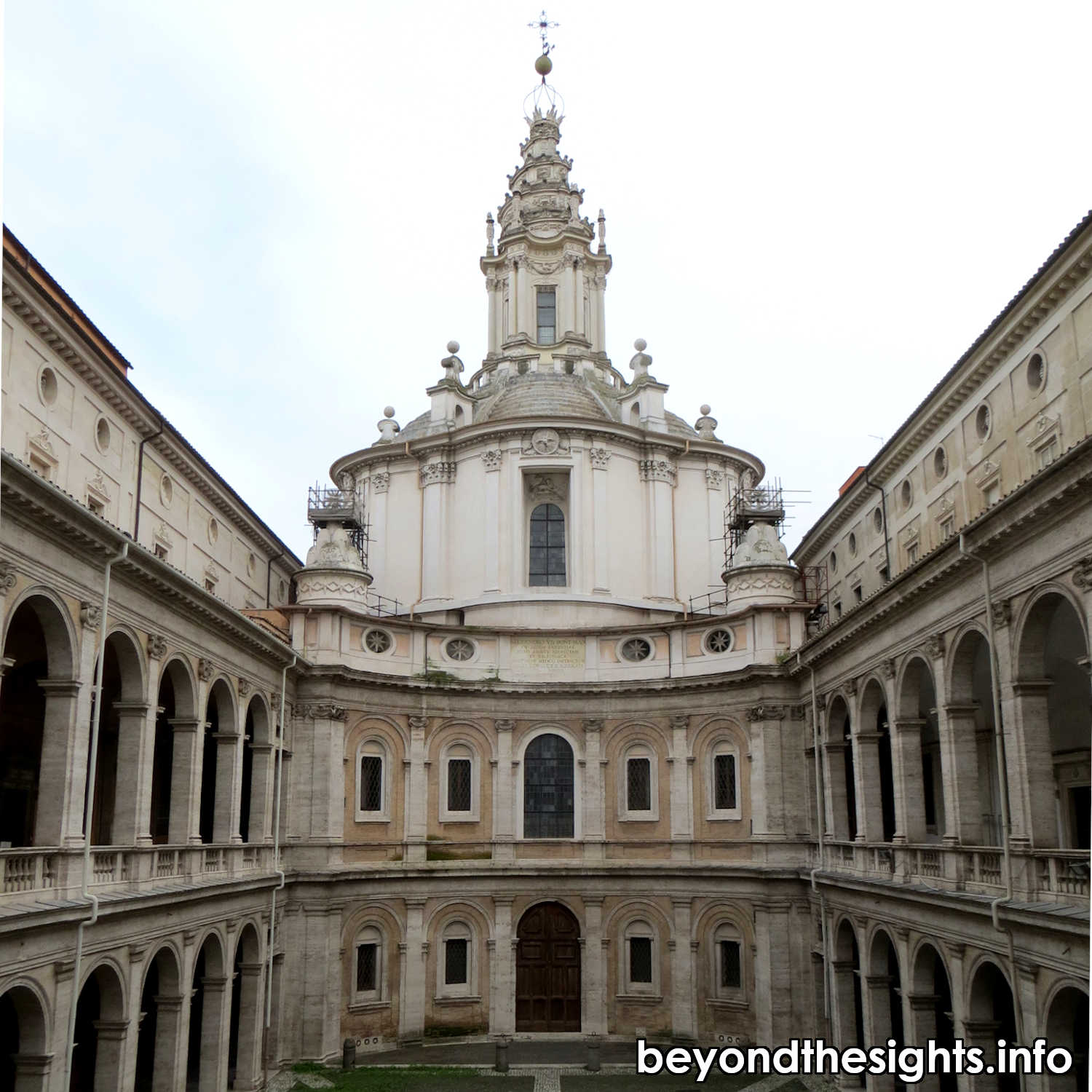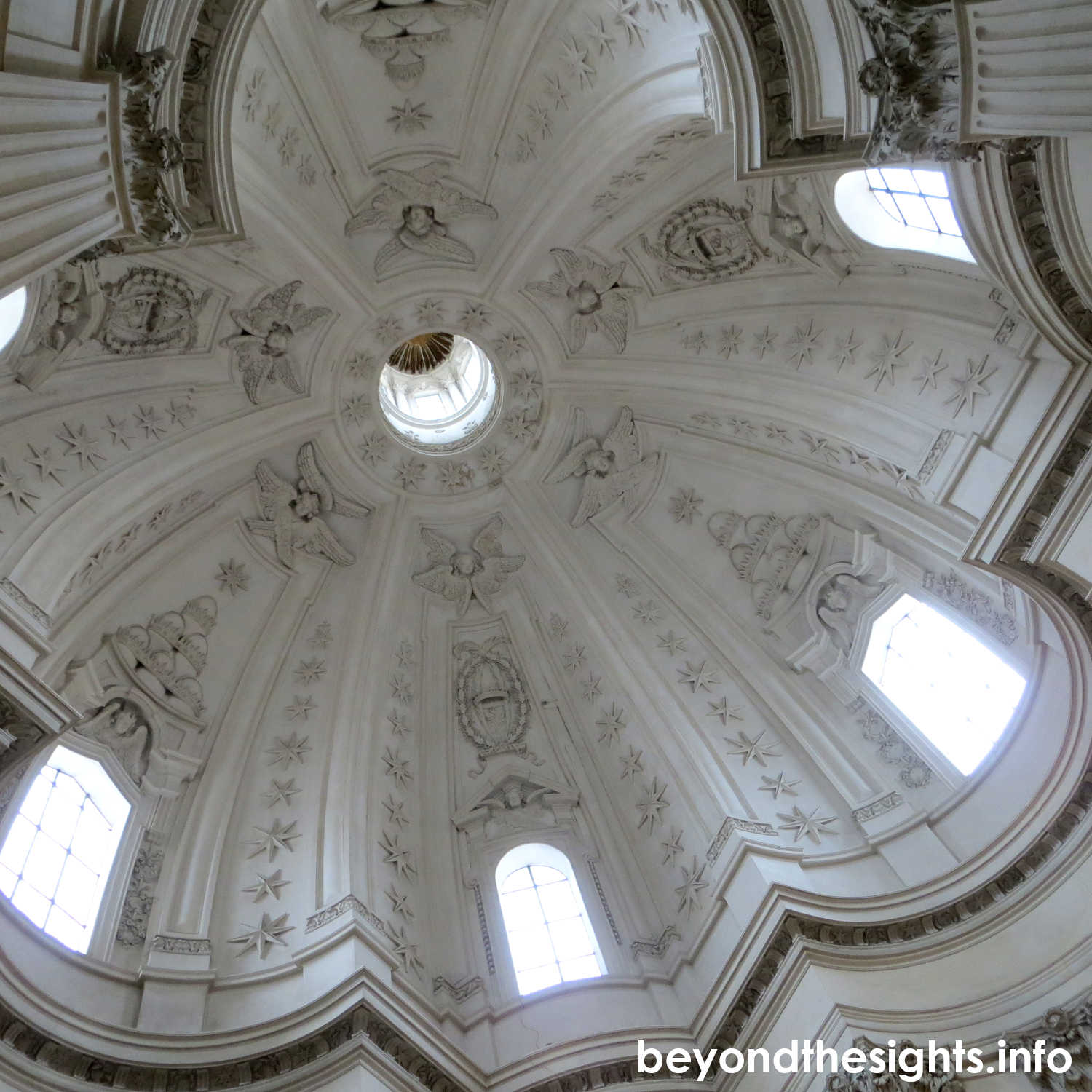Roman Baroque
This is our second episode on the city of Rome, where we discuss how to recognize and appreciate the Baroque architecture which deeply marked the eternal city. If you did not hear our episode on Roman urbanism yet, check out that episode first!
Baroque is an artistic style which was typical and influential in the 1600s, most notably in Rome. Why are we focusing on baroque in particular? There are two main reasons:
- The first is that baroque had a major influence on the city of Rome. The popes wanted to make the city as the holy capital of the Christian World and a symbol of their power. They planned several urban interventions, with long and straight roads connecting the important squares of the city. On these squares, there were prominent buildings, and most notably churches. Many new churches were built, and a lot of the existing ones were refurbished in accordance to the Baroque taste of the time. Moreover, lots of palaces for the aristocracy were erected as well. In Rome you will see many different architectural styles, from antiquity to contemporary, but baroque is certainly one of the most prominent ones.
- The second reason for discussing baroque is because it tends to be under-appreciated. Since baroque was followed by the enlightenment and the age of rationalism, the strange and theatrical shapes of baroque seemed out of place to the scholars of that time. Even today, we still tend to prefer sleek and minimalist designs, both for architecture and objects. Just think of IKEA furniture or Apple products, both of which focus on simple geometries, often with straight line and little decoration. A baroque church on the other hand, with its overwhelming decorations and details is quite fare to the average taste of a person of the early 2000s. So baroque buildings tend to be appreciated less in comparison to ancient, renaissance or even modern rationalist ones. Nevertheless, as mentioned previously, the style was highly influential and a lot of brilliant people put their thoughts in many of these buildings. So it is important to know the context to appreciate them as they deserve.
Gallery

Dome of San Carlo alle Quattro Fontane, Francesco Borromini

Facade of Sant'Ivo alla Sapienza, Francesco Borromini

Dome of Sant'Ivo alla Sapienza, Francesco Borromini
Links & Show-Notes
- The Sculptor's Funeral is an excellent podcast about sculpture, featuring two whole episodes (Bernini Part 1, Bernini Part 2) on Bernini and his statues. Greatly reccomended before you visit these masterpieces in the Galleria Borghese or around Rome.
- The podcast My favourite Work of Art gives a lot of love to Borromini's San Carlo alle Quattro Fontane
- A video about the Baldacchino in Saint Peter's Basilica. It does a good job in describing the enormous size.
Episode Chapters
- 00:00:21 Importance of Baroque
- 00:02:56 The Term Baroque
- 00:04:04 The Counter-Reformation
- 00:10:04 Art as propaganda
- 00:12:47 Emotion in Baroque Art
- 00:13:14 Art for the Masses
- 00:13:45 Characteristics of Baroque
- 00:17:02 Baroque sculpture
- 00:17:27 Galleria Borghese
- 00:23:41 Baroque Architecture
- 00:25:14 Fake perspectives and Saint Ignazio
- 00:25:56 Floor Plans
- 00:27:25 Urban integration
- 00:28:37 Examples
- 00:29:48 Gian Lorenzo Bernini
- 00:33:32 Ecstasy of Saint Teresa
- 00:36:45 Saint Peter's Baldaquin
- 00:39:21 Saint Peter's Square
- 00:43:35 Francesco Borromini
- 00:47:56 San Carlo alle Quattro Fontane